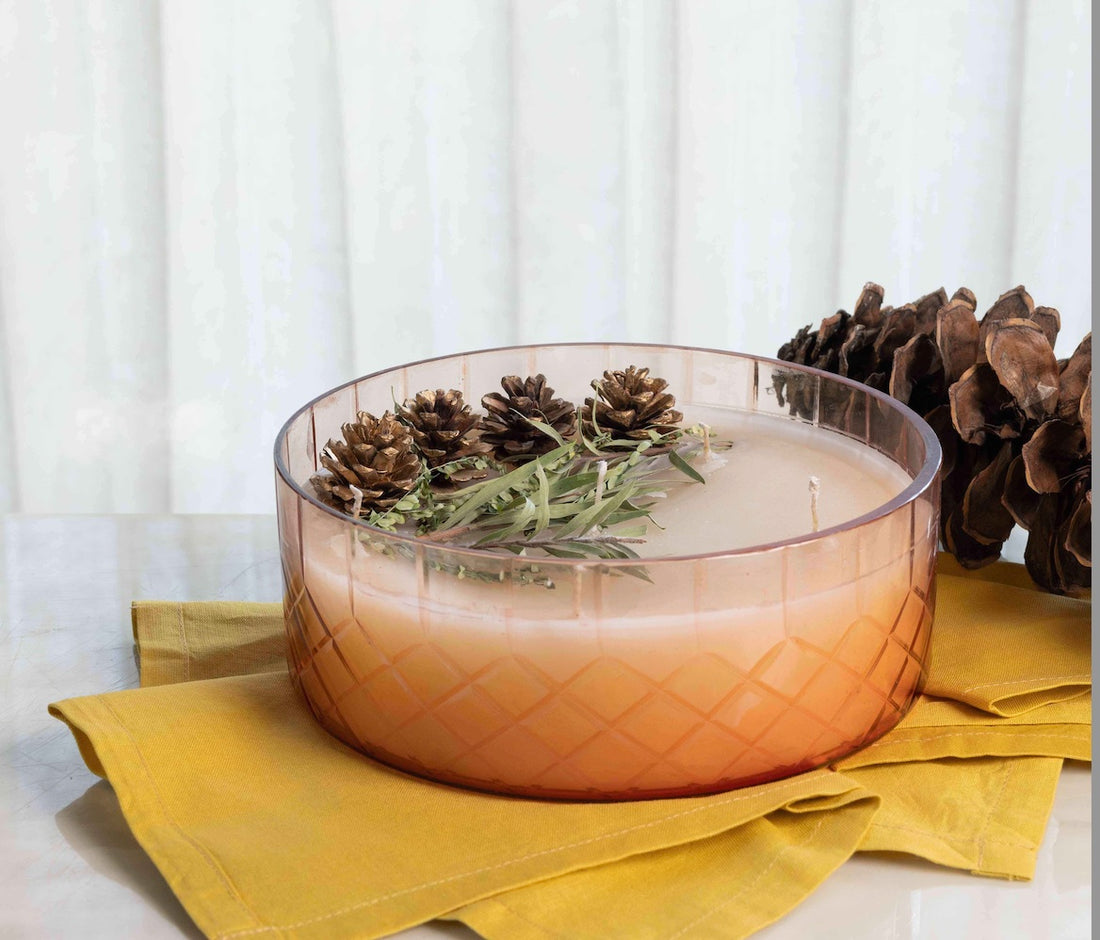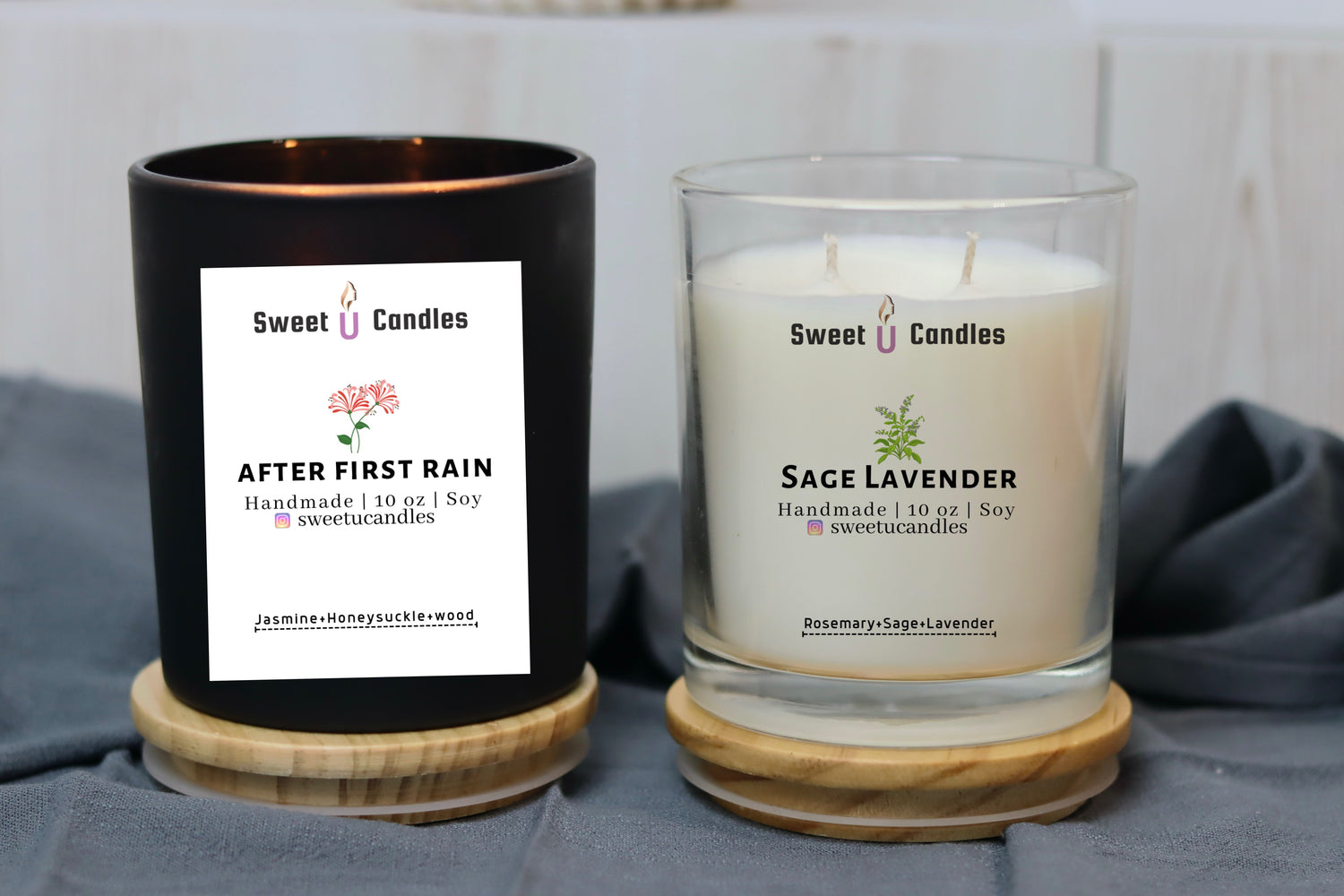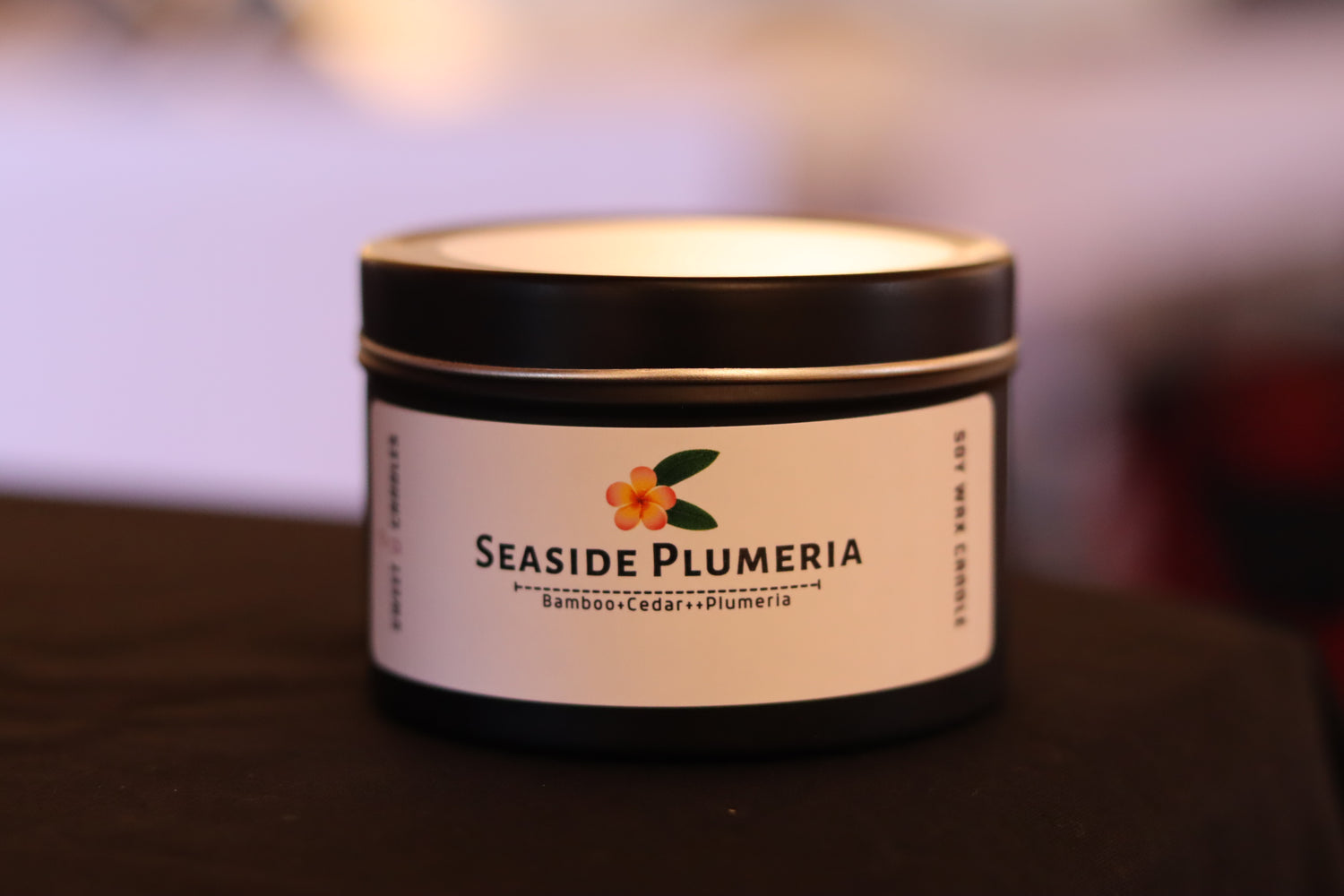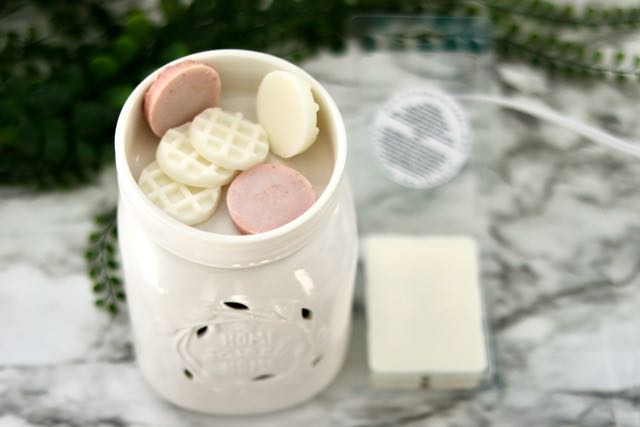Cedarwood, a hallmark of natural splendor, offers a gentle, woody fragrance that is a cornerstone in many of our premium candles. Imagine wandering through a sun-speckled evergreen forest, towering conifers stretching skyward - this is where the essence of cedarwood lies.
Evoking memories akin to the classic scent of aftershave in an old-fashioned barbershop, Cedarwood's aroma is a harmonious blend of warmth and complexity. Often married with citrus and floral undertones, it creates an inviting, luxuriously warm ambiance.
The Roots of Cedarwood: A Natural Wonder
Cedarwood originates from the majestic cedar tree. These towering evergreens, found globally, boast lifespans of up to 300 years and heights surpassing 100 feet.
While there are numerous cedar varieties, only four are deemed "true cedars" from the Cedrus genus, such as the Atlas Cedar (Cedrus atlantica) and Himalayan Cedar (Cedrus deodara). Interestingly, the most prevalent cedarwood oil is derived not from these, but from the Virginian Cedarwood (Juniperus virginiana), also known as Red Cedar.
Other notable cedar types include Texas Cedarwood, Western Red Cedar (Thuja plicata), Northern White Cedar (Thuja occidentalis), and Alaskan Yellow Cedar (Cupressus nootkatensis).
Historically, cedarwood has seen diverse uses: from the Egyptians in embalming, to Tibetan spiritual ceremonies, and Roman shipbuilding. Its name, steeped in cultural significance, translates to “sacred tree of the divine will” in Arabic and Greek. The Cherokee tribe revered it as the guardian of the human spirit.
Today, cedarwood is a prized component in the fragrance industry, providing a foundational note in many of our exquisite candle scents.
The Scent Profile of Cedarwood: A Symphony of Aromas
Cedarwood belongs to the esteemed woody fragrance family, characterized by rich, earthy tones derived from tree materials like leaves, resin, bark, and roots.
This scent carries a nostalgic element, reminiscent of sharpening pencils in school or the aroma of a cigar box in the early morning. It's a blend of:
- Softly woody
- Fresh and natural
- Camphoraceous
- Slightly spicy
- Balsamic undertones
- Subtle resin notes
Cedarwood stands out in the woody family for its ability to balance sweeter fragrances, serving as a robust mid or base note. Its scent is distinct from other woody aromas like sandalwood, patchouli, and pine, offering a softer, camphoraceous quality.
At Sweetu Candles, we adore how cedarwood's soft, woody aroma harmonizes with floral and citrus notes, enhancing scents like orange, grapefruit, ginger, ylang ylang, and bergamot.
Experience cedarwood in renowned perfumes such as Woods of Windsor Cedarwood, Miller Harris Le Cèdre, and others.
The Origin of Cedarwood's Scent: A Botanical Alchemy
Cedarwood oil is extracted from the tree's needles, leaves, bark, and berries through methods like steam distillation and cold pressing. Its primary components - cedrol, cedrene, and thujopsene - contribute to its unique fragrance profile.
Each cedar variety yields a distinct essential oil, influenced by its specific chemical makeup. The most common in the U.S. is from the Virginian cedar, known for its birdhouse-like scent.
Cedarwood in Aromatherapy: A Soothing Elixir
In aromatherapy, cedarwood is celebrated for its stress-relieving properties, known to alleviate anxiety and hyperactivity. Studies suggest its key chemical, cedrol, plays a significant role in mood enhancement.
As a natural sedative, cedarwood aids in serotonin release, beneficial for those with insomnia, depression, and chronic stress.




